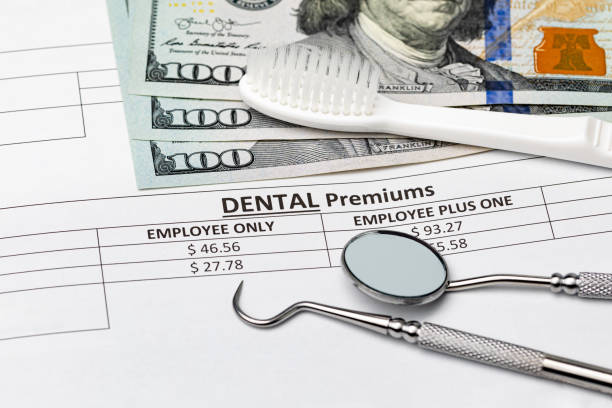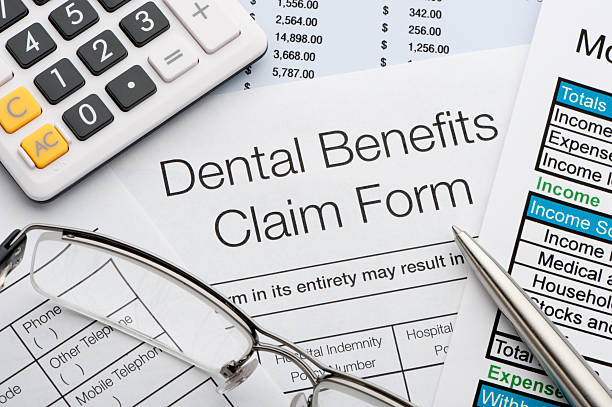Question and Answer



Will my insurance cover my dental emergency? Or dental issues?
Are you aware of the nuances and ideal sort of dental plan if you have dental benefits?
77% of Americans, according to the National Association of Dental Plans, have access to dental insurance. The majority of people have private insurance, often via their employment or a group program. High-wage workers are more likely to receive dental benefits than low-wage ones, and large businesses are more likely to give them than small employers. Dental treatment is not covered by Medicare, and the majority of Medicaid programs in states only cover it for children. You must be aware of these things in order to maximize your rewards.
What They Cover – In general, dental insurance plans pay a percentage of the cost of preventative treatment, crowns, fillings, root canals, and oral surgery, such tooth extractions. They may also encompass prosthodontics, which includes dentures and bridges, orthodontics, and periodontics (the care of the tissues that support and around the tooth). Two preventative visits are typically covered every year.
Periodontics and prosthodontics could not be covered in the first year if you get an individual policy. And For any form of coverage, orthodontics frequently requires a rider, for which you must pay an extra cost.
Most plans follow the 100-80-50 coverage structure. That means they cover preventive care at 100%, basic procedures at 80% major procedures at 50%, or a larger co-payment. However, a dental plan may decide not to pay for any procedures, including sealants.
Every plan has a maximum payout during a plan year, and for many plans, that maximum is extremely modest. This is the annual maximum. Any expenses in excess of that amount are your responsibility. Most dental PPOs have yearly maximums of less than $1,500, around half of them. You would be accountable for any costs beyond $1,500 if it were your plan. You can easily get to the limit if you require an oral surgery, a crown, or a root canal. There’s generally a separate lifetime for orthodontics costs.
Timing – Most experts recommend that individuals visit their dentists twice a year. Although the language differs, dental coverage policies support this. Your insurance company may cover preventative visits twice a year, twice every calendar year, or twice every 12 months, but not more frequently than every 6 months. Learn about your policy so you are familiar with how it operates.
You may plan your appointments with that. Other procedures like X-rays, fillings on the same tooth, crowns and bridges on the same tooth, or fluoride treatments for youngsters typically have time restrictions as well. For instance, your coverage could only cover a complete set of X-rays every three years.
Conditions that already existed when you joined in the dental plan may prevent you from finding one that does. Any expenditures for continued therapy in that situation would be your responsibility.
What to Do Before a Procedure – Read your dental policy closely to see whether your procedure is covered. If you have any inquiries, contact your insurance provider.
You can request a pre-treatment estimate from your dentist if you require a significant operation. Knowing your anticipated debt after any coinsurance, deductible, and policy limit will be made easier with the aid of this.
Knowing how your dental plan handles emergencies is also a good idea. Many cover emergency or after-hours treatment, but you might have to pay a deductible, a co-pay, or a higher percentage of the bill.
What to Consider – If your employer offers dental coverage, that’s an easy choice. Generally, it is less expensive than purchasing an insurance on your own. Your dentist may be able to offer a plan based on your dental history if you are looking for a plan and already have one.
When comparing plans, attempt to learn the following information:
- Whether or not your dentist and any other experts you might require are in-network.
- Total annual expenditures for the plan, including premiums, co-pays, and deductibles.
- Annual Maximum.
- Limitations on conditions with a history of prior illness, if any.
- Braces coverage, if required or expected.
- Emergency treatment coverage, Including treatment if you’re away from home.
With the right research, you’ll be able to choose a plan that meets all your dental needs.

